One of the several attractions inside the UNESCO recognised Agra Fort is Diwan-e-Aam, or, Hall of Audience. This is where the Mughal Emperor, Shah Jahan would hold public meetings with the people and attend to their problems. Viewed purely in terms of architecture, it is a spectacular combination of finesse and design.
The structure is one of the most visited tourist attractions in Agra, and is another example of Shah Jahan’s love for marble. It lies in close proximity to the Macchi Bhawan and has always fascinated visitors. In fact, its beauty finds a mention in the travel memoirs of Francois Bernier, the renowned French physician and traveller. Glowing tributes to its magnificence can also be found in the works of Jean-Baptiste Tavernier.
Architecture
Under the rule of Shah Jahan, the Mughal Empire witnessed some of the finest structures ever built. Diwan-i-Aam is no exception. Its basic structure consists of a flat roof with two arched getaways which are built of red sandstone. These are found to the north and south of the hall. The nine arches and three aisles lend a spacious and artistic look to the facade as a whole. Although the entire building was originally built in red sandstone, it was later plastered with white shell paste which resembled white marble.
What makes Diwan-i-Aam one of the most famous tourist attractions in Uttar Pradesh is its royal appearance. One of the factors which contributes to that is the columns and ceilings, which are painted in gold. In the eastern part of the Hall of Audience, you come across a marble canopy. Situated just below it is the Emperor’s Throne. This chamber is called the Takht-e-Murassa, or, the Throne Room.
The chamber was connected to the royal apartments to allow the ladies to observe the everyday happenings of the Hall without being seen by the common people. They were hidden from the public view with marble windows consisting of perforated screens. Their presence greatly contributes to the overall aesthetics of the chamber.
The other notable presence in the Hall of Audience is the gold plated railing. It separated the emperor from the courtiers. A silver railing borders the hall on three sides. Below the main chamber is the “baithak”, which was occupied by the Wazir (a high official) and from where petitions were submitted to the emperor. An even more beautiful sight awaits visitors behind the canopy where the wall consists of panels inlaid with multi-coloured marble stones.
Interesting Facts
- The Diwan-i-Aam finds a mention in the travel memoirs of the renowned European travellers, Francois Bernier and Jean-Baptiste Tavernier.
- If you whisper at certain points in the Hall, it can be heard from a distance.

Entry Fees
The Diwan-i-Aam is located inside the Agra Fort, so tourists do not have to pay any extra entry fee to visit it. For visiting Agra Fort, domestic tourists have to pay an entry fee of 40 INR, while international tourists have to pay 550 INR as entry fee. Children below the age of 15 years can visit the monument free of charge.
Best Time to Visit
Diwan-i-Aam is a part of Agra Fort, which is located in Agra, Uttar Pradesh. During the summers, it can get very hot, with the average temperature being 42°C. If you are undaunted by the heat, go ahead and visit it during this time. A large section of tourists prefers visiting Agra during winters, due to the cool and pleasant weather which creates the right conditions for sightseeing and exploration. This is also a great time to visit this place.
Nearby Tourist Attractions
There are a lot of popular tourist attractions which lie in close proximity to Diwan-i-Aam, which is located near Macchi Bhawan in Agra Fort. Here are some of the most popular tourist attractions of Agra which you can check out.
- Jama Masjid
- Taj Mahal
- Fatehpur Sikri
- Akbar's Tomb
- Agra Market
- Chini Ka Rauza







































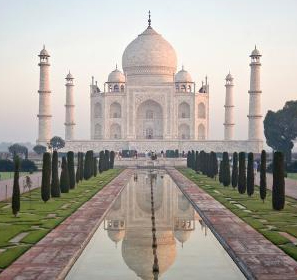
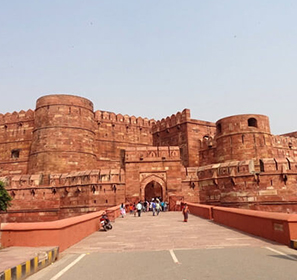


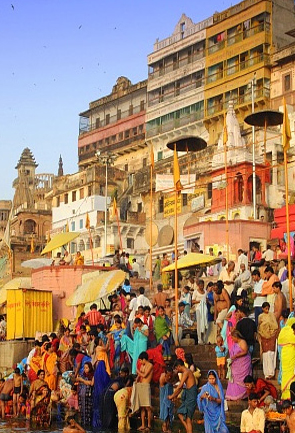



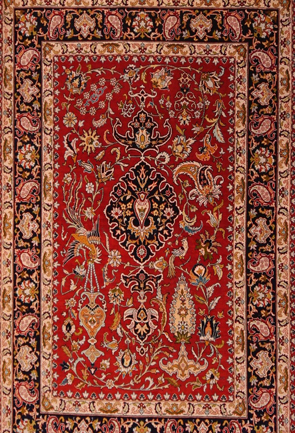

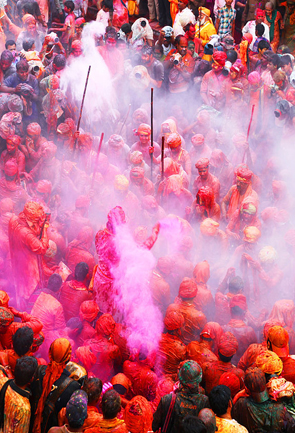


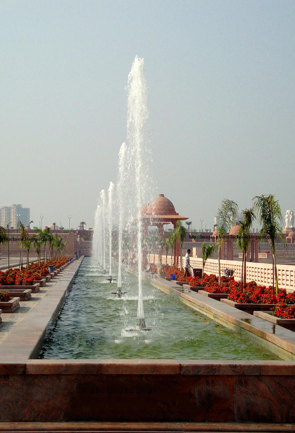

 Plan Trip
Plan Trip Call Us
Call Us Packages
Packages Home
Home